Verstehen Sie Ihre E-Commerce-Kundenreise ist für den Erfolg Ihres Shopify-Shops in der hart umkämpften Welt des Online-Handels von entscheidender Bedeutung. Die Customer Journey beschreibt die Schritte, die ein potenzieller Kunde durchläuft, von der ersten Kenntnis Ihres Unternehmens bis hin zu einem treuen Unterstützer. Wenn Sie jede Phase dieser Reise verstehen, können Sie Ihre Marketingbemühungen anpassen und einzigartige Erlebnisse bieten, die letztendlich die Konversionsrate steigern und Folgegeschäfte fördern.
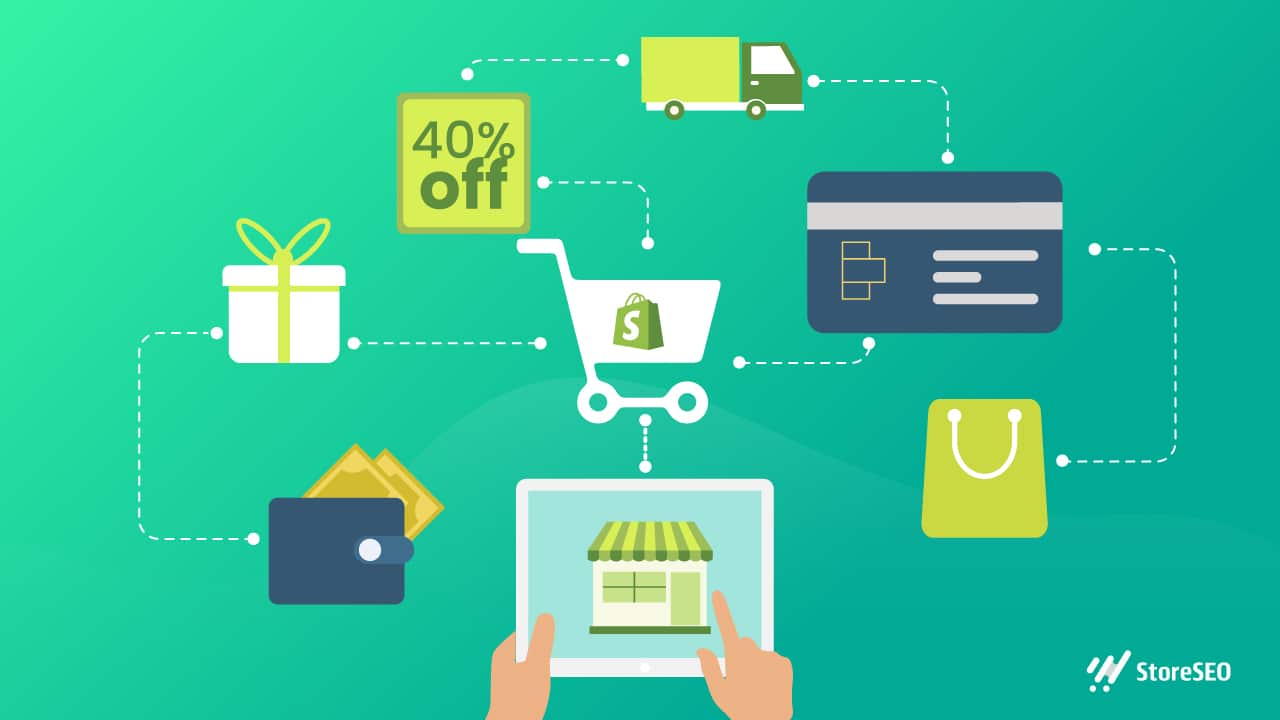
Abbildung der E-Commerce-Customer-Journey für Shopify-Shop-Besitzer
Mit Shopify, einer der beste eCommerce-Plattformenkönnen Geschäftsinhaber und Unternehmer ihre Online-Shops ganz einfach einrichten und verwalten. Da Shopify analytische Informationen zu Kundenverhalten, Präferenzen und Interaktionen mit Ihrem Unternehmen bietet, ist es eine wunderbare Plattform für die Abbildung der eCommerce-Kundenreise mit mehreren Tools und Funktionen. In diesem Blog erhalten Sie einen umfassenden Überblick über Abbildung der Customer Journey im E-Commerce das eine umfassende Anleitung für Shopify-Shop-Besitzer bietet.
Laut Statista (Stand: Juli 2023) „Shopify besitzt einen 10.23% eCommerce Marktanteile weltweit.
Erstens: Schaffen Sie Kundenbewusstsein
Die Customer Journey im E-Commerce beginnt mit der Sensibilisierungsphase. Potenzielle Kunden erfahren in dieser Phase mehr über Ihre Marke, Produkte oder Dienstleistungen. Sie müssen möglicherweise noch eine konkrete Kaufabsicht haben, sind aber immer offen dafür, Optionen zu erkunden und Lösungen für ihre Bedürfnisse zu finden.
Mehr erfahren: Top 10 der besten Shopify eCommerce-Themen [2023]
Suchmaschinenergebnisse:
Es ist wichtig, in relevanten Suchergebnissen aufzutauchen, um die Aufmerksamkeit potenzieller Käufer auf Ihr Shopify-Geschäft zu lenken. Ihr Shopify-Shop muss vollständig SEO-optimiert sein. Dafür können Sie die StoreSEO App um die SEO Ihrer Site einfach zu optimieren, während Sie SEO für Ihren Shopify-Shop einrichten und es Ihren potenziellen Kunden schnell zur Verfügung stellen.
Social Media Aktivitäten:
Eine aktive Präsenz in den sozialen Medien und interessante Inhalte können Kunden in Ihr Geschäft locken. Um potenzielle Kunden zu kontaktieren, schalten Sie gezielte Werbung auf Social-Media-Websites wie Facebook, Instagram usw.
Influencer und Mundpropaganda:
Die Zusammenarbeit mit Influencern oder die Nutzung positiver Mundpropaganda kann Ihnen dabei helfen, Markenbekanntheit aufzubauen und Ihr Unternehmen bei deren Anhängerschaft zu vermarkten. Daher kann Ihnen diese Taktik dabei helfen, die Customer Journey im E-Commerce auf die nächste Ebene zu bringen.
Inhaltsvermarktung:
Erstellen Sie wertvolle und informative Inhalte, die die Probleme und Interessen Ihrer Zielgruppe ansprechen. So können Sie die SEO-Optimierung Ihres E-Commerce-Shops verbessern und den Wert Ihrer Website steigern, um problemlos potenzielle Kunden zu gewinnen.
Überprüfen Sie dies: Über 50 aktuelle Shopify-Statistiken Was Sie im Jahr 2023 wissen müssen
Erstellen Sie einen Plan für die Überlegungsphase Ihrer Kunden
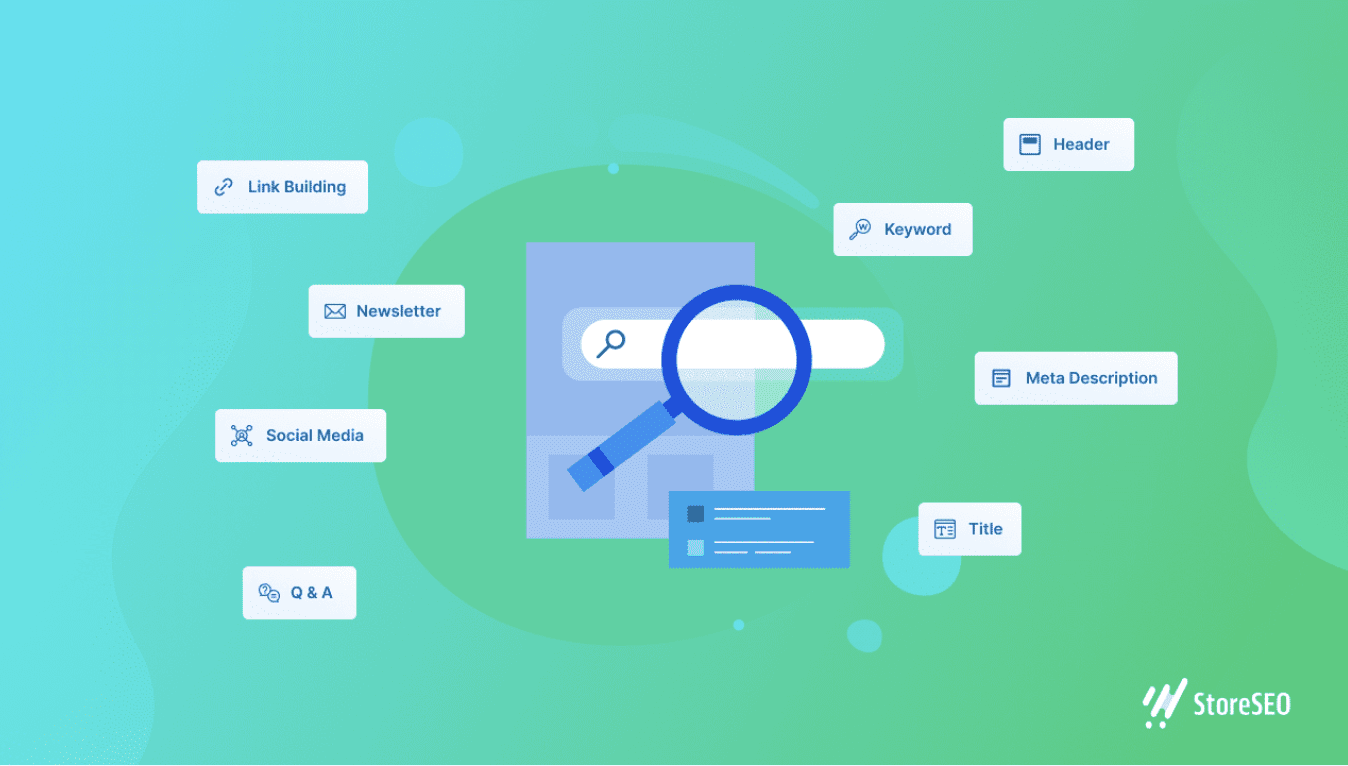
Potenzielle Kunden haben ihre Bedürfnisse ermittelt und untersuchen und wägen aktiv ihre Möglichkeiten ab. Sie vergleichen die Funktionen, Kosten und Bewertungen Ihrer Produkte und Dienstleistungen mit denen der Konkurrenz.
Produktseiten der Website:
Stellen Sie sicher, dass Ihre Produktseiten umfassende Informationen und qualitativ hochwertige Bilder bieten. So können Sie die Aufmerksamkeit Ihrer Kunden in Ihrem Shopify-Shop schon zu Beginn auf sich ziehen.
Kundenrezensionen und Erfahrungsberichte:
Positive Bewertungen und Erfahrungsberichte können die Kaufentscheidungen Ihrer Kunden beeinflussen und Ihr E-Commerce-Kundenerlebnis verbessern.
E-Mail-Marketing:
Binden Sie potenzielle Kunden mit gezielten E-Mail-Kampagnen, in denen interessante Produkte vorgestellt werden, an das Unternehmen. Darüber hinaus senden wir Ihnen personalisierte Produktempfehlungen basierend auf dem Browsing- und Kaufverhalten des Kunden.
Mehr erfahren: Suchabsicht und SEO: Kurzanleitung für Ihren Shopify-Shop
Produktvideos und Demos:
Erstellen Sie ansprechende Videos, die Produktfunktionen und -vorteile demonstrieren, um die Aufmerksamkeit Ihrer E-Commerce-Kunden auf einen Blick zu erregen.
Kundenrezensionen und Erfahrungsberichte:
Heben Sie positives Feedback zufriedener Kunden hervor, um Vertrauen aufzubauen und Ihrem Unternehmen Glaubwürdigkeit zu verleihen.
Mehr erfahren: 20 überraschende E-Commerce-Statistiken Sie sollten wissen, wie Sie Ihr Geschäft ausbauen können
Achten Sie auf die Steigerung der Conversion-Raten Ihres Shops
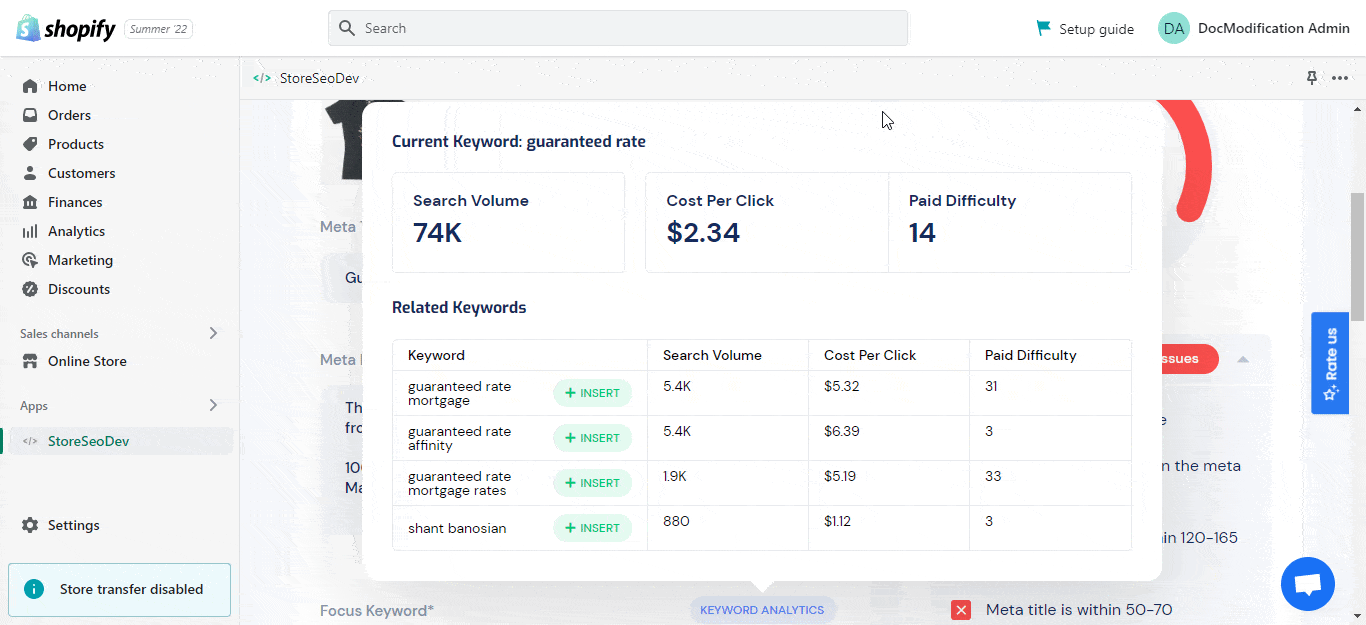
Die Konvertierungsphase ist der Moment der Wahrheit, in dem sich potenzielle Kunden zum Kauf entschließen. Sie sind vom Interesse an Ihren Produkten zum Handeln und zum Abschluss einer Transaktion übergegangen.
Klare und überzeugende CTAs:
Verwenden Sie auffällige und überzeugende Handlungsaufforderungen, um Konvertierungen auf Ihrer Website zu fördern. Überzeugende Handlungsaufforderungen können leicht die Aufmerksamkeit der Kunden erregen und sie zu einer Konvertierung anregen.
Optimierter Checkout-Prozess:
Vereinfachen Sie den Checkout-Prozess, um die Zahl der abgebrochenen Einkäufe zu verringern. Je einfacher Sie Ihren Checkout gestalten, desto mehr potenzielle Kunden werden sich ermutigt fühlen, Ihre Produkte sofort zu kaufen. Sie sollten auch Strategien implementieren, um abgebrochene Einkäufe wiederherzustellen und den Kaufabschluss zu fördern.
Mehr erfahren: Verlassene Einkaufswagen bei Shopify: Gründe, Hacks, Tipps und mehr
Zeitlich begrenzte Angebote:
Schaffen Sie mit zeitlich begrenzten Rabatten oder Sonderangeboten ein Gefühl der Dringlichkeit. Sie können Ihren E-Commerce-Kunden exklusive Angebote machen und sie dazu bringen, mit Ihrem Unternehmen in Kontakt zu treten, um den Umsatz zu steigern.
Versankostenfrei:
Bieten Sie kostenlosen oder ermäßigten Versand an, um häufige Käufe zu fördern. Wenn Sie das tun, werden sich die Kunden auf dieses Angebot freuen und sich mit Ihnen verbinden. Dadurch wird Ihre E-Commerce-Kundenreise ohne Probleme beschleunigt.
Bewerten Sie die Erfahrungen Ihrer Kunden nach dem Kauf
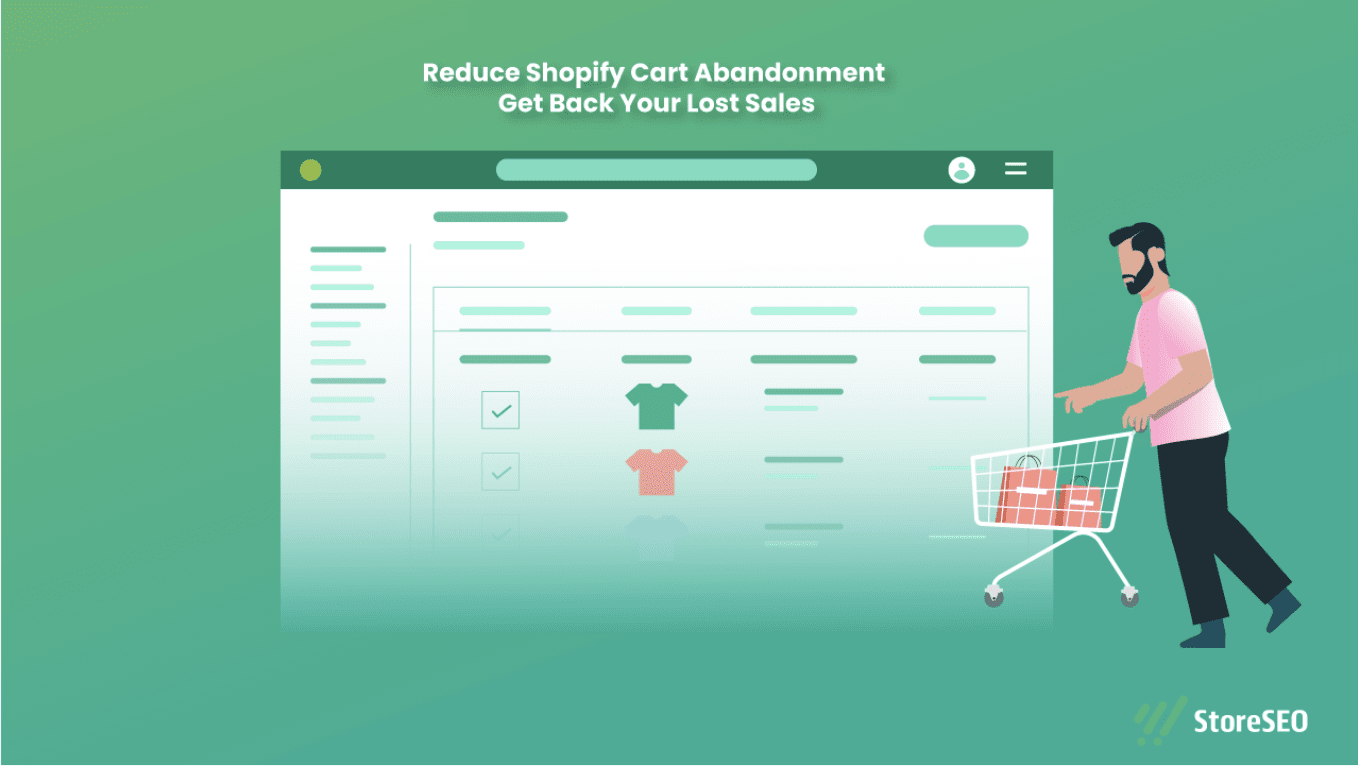
Nach dem Kauf treten Kunden in die Nachkaufphase ein. In dieser Phase geht es darum, die Kundenzufriedenheit sicherzustellen, Wiederholungskäufe zu fördern und Markentreue aufzubauen.
Bestellbestätigungs- und Dankes-E-Mails:
Senden Sie personalisierte Auftragsbestätigungen und Dankes-E-Mails, um Dankbarkeit auszudrücken und Erwartungen zu wecken. Diese Art von regelmäßigen Dankes-E-Mails wird bei Ihren Kunden für Zufriedenheit sorgen.
Upselling- und Cross-Selling-Techniken:
Schlagen Sie ergänzende Produkte vor, um den durchschnittlichen Bestellwert zu erhöhen. Ihre Upselling- und Cross-Selling-Techniken sind darauf ausgerichtet, das Einkaufserlebnis unserer Kunden zu verbessern und gleichzeitig den Wert für sie zu maximieren.
Kundensupport und Nachverfolgung:
Bieten Sie hervorragenden Kundensupport und kümmern Sie sich um alle Probleme oder Anliegen. Außergewöhnlicher Kundensupport, der über die bloße Lösung von Problemen hinausgeht, indem ein engagiertes Team aktiv mit den Kunden interagiert, ihre Anliegen versteht und umgehend wirksame Lösungen anbietet, um ihre Zufriedenheit und ihr Vertrauen in unsere Marke sicherzustellen.
Personalisierter Nachkauf
Danksagungs-E-Mails können Sie Ihren E-Mails ganz einfach eine persönliche Note verleihen, indem Sie den Namen des Kunden verwenden und die gekauften Produkte erwähnen. Dadurch können sich Ihre Kunden wertvoll und besonders fühlen.
Motivieren Sie Ihre Kunden, Ihre Markenbotschaft zu stärken
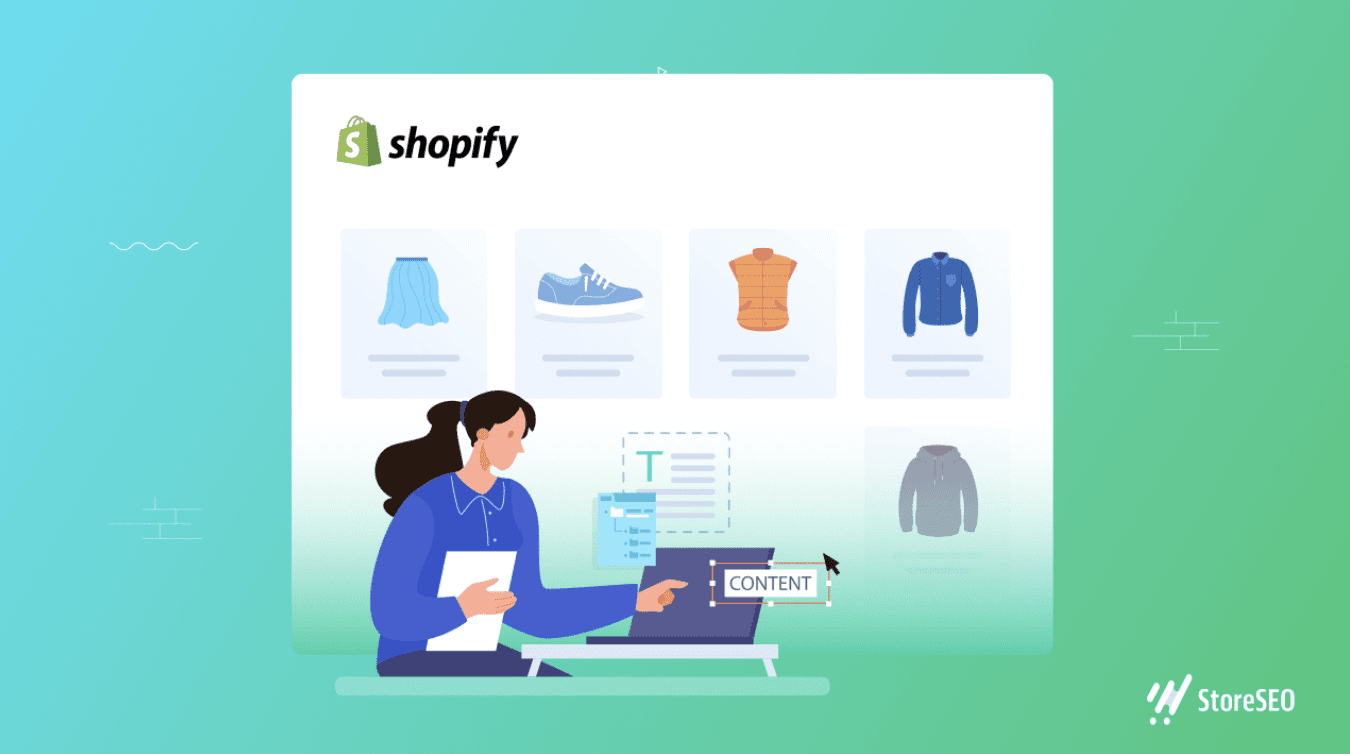
In der Advocacy-Phase werden zufriedene Kunden zu Markenbotschaftern. Sie teilen positive Erfahrungen mit ihrem Netzwerk, was zu organischem Wachstum und der Gewinnung neuer Kunden führt.
Empfehlungsprogramme und Anreize:
Erstellen Sie ein Empfehlungsprogramm, das Kunden dafür belohnt, dass sie Ihren Shop weiterempfehlen. Wenn Kunden Ihren Shop weiterempfehlen, teilen sie nicht nur die Freude über die Entdeckung Ihrer Produkte/Dienstleistungen, sondern erhalten als Zeichen Ihrer Dankbarkeit auch spannende Anreize und exklusive Belohnungen.
Kampagnen mit nutzergenerierten Inhalten:
Ermutigen Sie Kunden, ihre Erfahrungen durch benutzergenerierte Inhalte zu teilen. Wenn Kunden ihre wertvollen Momente durch Ihre Inhaltskampagnen mit Ihnen teilen, können Sie die Stimmen würdigen, die unsere Marke wirklich besonders machen.
Kunden im Rampenlicht:
Heben Sie treue Kunden auf Ihrer Website oder in sozialen Medien hervor, um ihre Loyalität und Unterstützung zu demonstrieren. Ihre unerschütterliche Unterstützung und ihr Vertrauen in Ihre Marke können eine enorme Motivation darstellen, kontinuierlich nach Spitzenleistungen zu streben und im Gegenzug die besten Produkte/Dienstleistungen zu liefern.
Social-Media-Wettbewerbe:
Organisieren Sie Wettbewerbe, bei denen Kunden ihre Erfahrungen teilen und Ihre Marke markieren können, um Preise zu gewinnen. So erfahren Sie mehr über die begeisterten Kunden und können planen, sie auf unterschiedliche Weise zu belohnen, um die Qualität Ihrer Marke zu verbessern.
Verfolgen und messen Sie Ihre Customer Journey mit Tools und Analysen
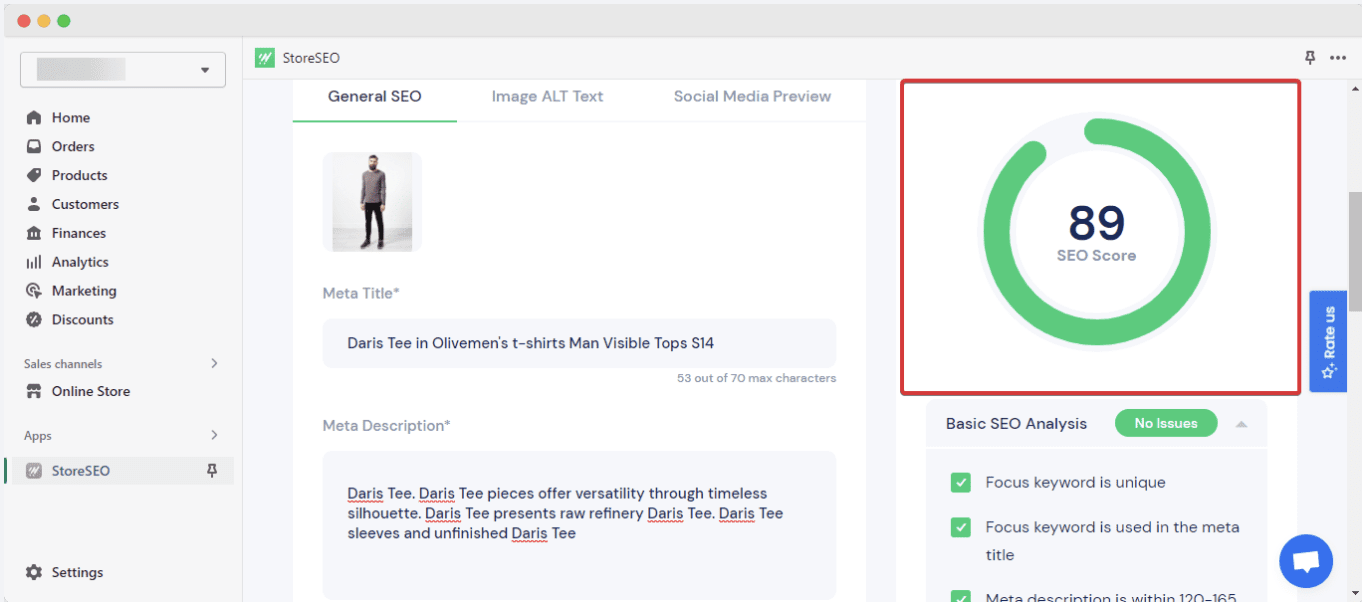
Das Verfolgen und Analysieren der Customer Journey ist für das Treffen datengesteuerter Entscheidungen und die Optimierung der Leistung Ihres Shopify-Shops von entscheidender Bedeutung.
Google Analytics:
Erhalten Sie Einblicke in Website-Verkehr, Nutzerverhalten und Konversionsraten. Wenn Sie Ihren Shopify-Shop einfach in Google Analytics integrieren, können Sie die Gesamtleistung Ihrer Website problemlos ermitteln.
Shopify Analytics-Dashboard:
Nutzen Sie die integrierten Analysefunktionen von Shopify, um die Leistung und den Umsatz Ihres Shops zu überwachen. Darüber hinaus können Sie als Eigentümer die Kundenerfahrung Ihres Shops mithilfe der integrierten Analysefunktionen von Shopify überwachen und die Leistung Ihrer Site verbessern.
Tools zur Zuordnung der Customer Journey:
Darüber hinaus stehen verschiedene Tools zur Customer Journey Mapping zur Verfügung, um Schwachstellen und Verbesserungsbereiche zu identifizieren. Sie können ein beliebiges Tool auswählen und bereits im Voraus mit der Verfolgung und Überwachung der Leistung Ihrer Site beginnen.
Erweiterte SEO-Ergebnisse mit der SEO-App:
Integrierte erweiterte Analysen Ihrer Shopify SEO-App können Ihnen helfen, die SEO Ihres Shops ohne Probleme zu verbessern. Wie bereits erwähnt StoreSEOkönnen Sie diese Lösung nutzen und Ihre E-Commerce-Customer-Journey sofort verbessern.
Mehr erfahren: So erreichen Sie einen SEO-Score von 100 für Ihren Shopify-Shop Mit StoreSEO im Jahr 2023?
Konzentrieren Sie sich auf Fallstudien und steigern Sie Ihre Glaubwürdigkeit
Entdecken Sie Fallstudien von Shopify-Shop-Besitzer die die Customer Journey effektiv abgebildet und bemerkenswerte Ergebnisse erzielt haben. Ziehen Sie außerdem wertvolle Lehren und umsetzbare Erkenntnisse aus den Erfolgsgeschichten, die Sie in Ihrem eigenen Shopify-Shop anwenden können.
Ermutigung für Shopify-Shop-Besitzer, diese Strategien umzusetzen
Um mit Kunden an jedem Punkt ihrer Kaufreise zu interagieren, Verstehen Sie die Customer Journey Ihres E-Commerce ist eine entscheidende Komponente für den Betrieb eines erfolgreichen Shopify-Shops.
Eine höhere Kundenzufriedenheit, bessere Konversionsraten und dauerhafte Markentreue können durch die Ideen zur Customer Journey-Abbildung in die Praxis umsetzen. Machen Sie die Reisen Ihrer Kunden von Anfang bis Ende einfach und angenehm, indem Sie sie mit offenen Armen empfangen.
Die Abbildung der E-Commerce-Kundenreise für Ihre Shopify-Site ist daher eine fortlaufende Lern- und Optimierungsübung. Sie können ein erfolgreiches Online-Geschäft aufbauen und einen treuen Kundenstamm entwickeln, indem Sie auf jeder Ebene auf die besonderen Anforderungen und Vorlieben Ihrer Kunden eingehen. Viel Glück mit Ihrem E-Commerce-Unternehmen und viel Spaß beim Planen!
Hat Ihnen dieser Beitrag gefallen? Dann Abonnieren Sie unseren Blog für mehr lustige Tutorials oder nimm an unserem freundlichen Facebook-Community.









